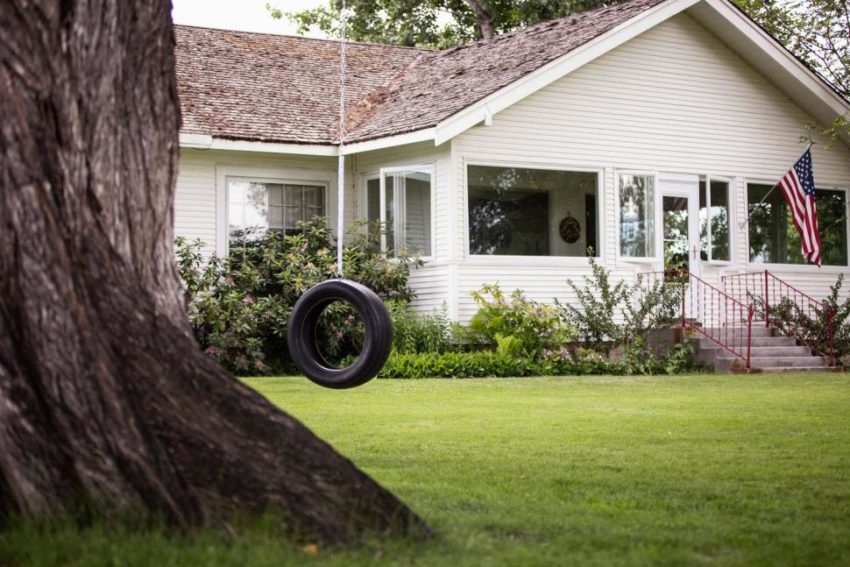
Share On Social!
It is a known fact that one of the most important social determinants of health is where you live. More and more local and state governments are realizing how important environment is to overall health and well-being.
For Latinos, where they live is often leads to unavoidable health disparities due to lack of access to healthcare, healthy food choices, and educational opportunities.
Recently U.S. News & World Report outlined the best and worst states to live in based on a host of categories that residents value the most. Categories include healthcare, education, infrastructure, crime rates, and economic opportunities.
The Top States
Massachusetts (10.56% Latino population) was rated No. 1.
Not surprisingly, as Massachusetts is home to Harvard University, Williams College, Amherst College, Boston College, and Wellesley College, the state ranked first in education. It also ranked second on the list in health care (first in health care access) and the median household income of $70,628 was well above the national average of $55,775.
In addition to Massachusetts, two other New England states (New Hampshire and Vermont) claimed spots in the top 10.
Of the major categories, New Hampshire (2nd) was ranked first in overall opportunity, Hawaii (27th on the list) was first in health care, Vermont (10th) was first in crime rates, Oregon (19th) was first in infrastructure, Colorado (9th) was first in economy, and Indiana (22nd) was first in government
See the full list.
The Bottom States
Southern states fared the worst on the list.
Alabama, Arkansas, Mississippi, and Louisiana ranked 47-50 respectively on the list.
For Latinos, New Mexico (47.36% Latino population) ranked 46th and Texas (39% Latino ranked 38th. In every category covered, the state was in the bottom half of the rankings. California (38.39% Latino population) was the state with a large Latino population that performed the best on the list, coming in at 23rd overall.
See the full list.
What Can You Do?
OK, so let’s say you live in one of the bottom-ranked states.
There are many emerging ways to start improving those rankings and boosting community health, especially among Latino families.
Salud America!, a national obesity prevention network, did research that identified healthy food financing initiatives can boost access to healthy, affordable foods by offering supermarkets and farmers’ markets certain incentives to locate in underserved areas.
Other research by Salud America! found that the best ways to improve access to and safe use of “active spaces”— gyms, fields, parks, and playgrounds—include: adopting shared use agreements; improving neighborhood characteristics, such as repairing sidewalks, installing street lights, and improving park maintenance; creating safer routes to active spaces; and using technology to change Latino kids’ physical activity patterns.
And of course, schools play a vital role for a healthier next generation.
That’s why school officials in Miami-Dade County, Fla. (65% Latino), installed a fruit-and-vegetable menu campaign with more vegetarian options called Lean & Green.
“It’s about eating foods that are fresh, healthy and good for you,” said Penny Parham, the administrative director at Miami-Dade County Public Schools in Florida. “Brown rice and beans are good for you and are healthy choices that lend themselves to a lot of different menu combinations.”
By The Numbers
25.1
percent
of Latinos remain without health insurance coverage



